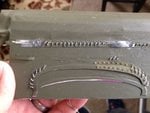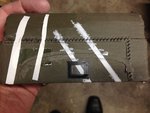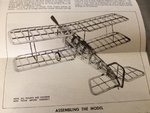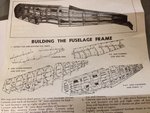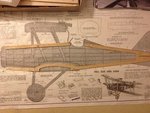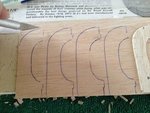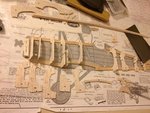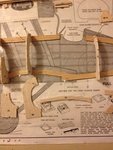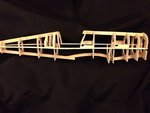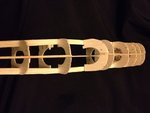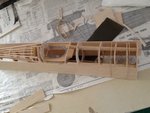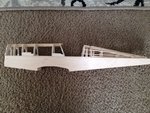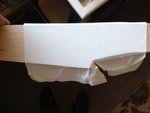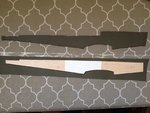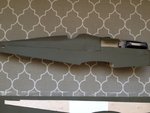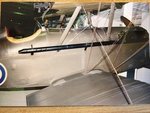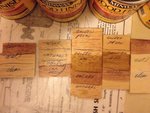- Thread starter
- #101
Skyediamonds
Staff Sergeant
- 1,362
- May 26, 2018
Actually, I tried it both ways. Full sized photos take up the whole screen. Thumbnail sized photos, gives the viewer the option of clicking onto the picture and enlarging it themselves. The thumbnail sizes seem to work best for me. I've seen several full sized pictures posted on this site and they're very nice. I guess it's really up to the person doing all the posting to determine whether or not the full sized pictures are more appropriate for the information needed to be conveyed. When doing a build thread, like what I just did with the Wright Bros' Flyer, using multiple pictures to illustrate the sequence of fabrication of a particular item or construction of the model, I think thumbnail sized photos work best; but this is just my humble opinion.

